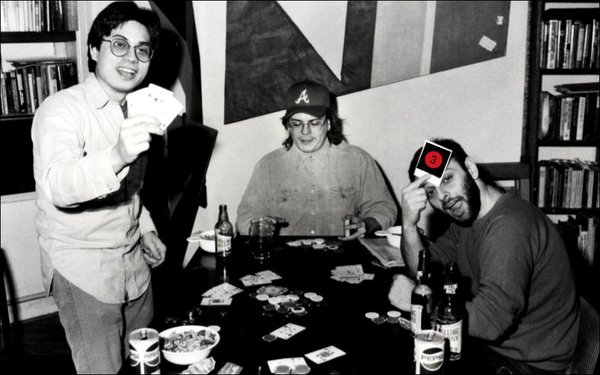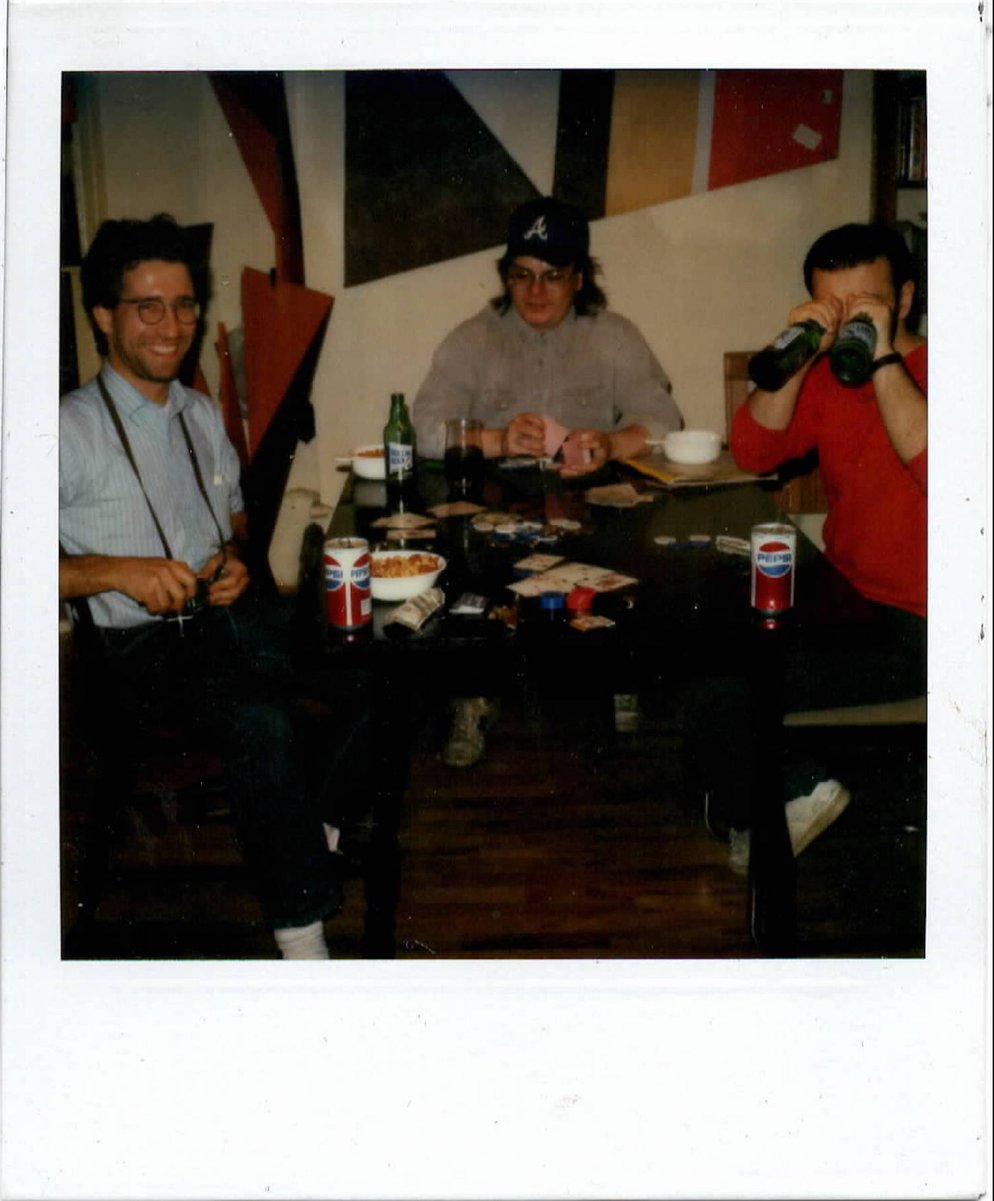
For me, the road to the newfronts began about this
time 40 years ago when I was sitting across from Jake Keever on the 40th floor of ABC's old headquarters at 1330 Avenue of the Americas.
I had just joined Adweek as its lead reporter
covering the TV advertising marketplace, and Keever, the head of sales for ABC, invited me to breakfast in his office to take me under his wing and explain how the upfront worked.
He told me
the upfronts grew out of Golden Days of TV when big advertisers would attend early network TV program development meetings to see which shows they wanted to sponsor, but over time, as more advertisers
began buying their prime-time programming, it evolved into a marketplace to sell the majority of their ad time for the shows coming out on their new fall schedules.
By the time I began
covering it in 1983, the upfronts had become a full-fledged allocation market in which the networks doled out a finite supply of prime-time commercials to a rapidly expanding marketplace of
advertisers demanding it.
advertisement
advertisement
In order to accommodate them, Keever said the upfront began with the networks asking their ad agencies to register their prime-time advertising budgets in advance, so
they could allocate the advertising inventory they needed, as well as put a price on it.
That shocked me, because I assumed the upfront functioned like a financial marketplace based on
conventional principles of supply-and-demand, but I quickly learned it was more of a co-dependent institutionalized culture in which buyers and sellers were in cahoots together and it was all about
the show -- the hype leading up to glitzy upfront sales presentations, followed by haggling over ratings estimates and CPMs, terms and conditions like ratings guarantees and cancellation options.
There was a lot of jockeying and positioning -- mainly played out in the trade press through the coverage of reporters like me -- but in the end, it was more like a friendly poker game than
sophisticated market science.
That's interesting, because it was about that time that I started a friendly weekly poker game with my colleagues at Adweek. It was a guys-only thing and
we'd alternate the games at each other's apartments, including Thaddeus Rutkowski (pictured above holding four aces in his loft on the Lower East Side), Chuck Reece (center), myself (right) and Robert
Simko (pictured left in the photo below).
I hadn't seen those photos in nearly 40 years, but Thad sent them to me after we met for lunch last week, which was a followup to a mini
Adweek reunion that took place during an Exhibition Celebrating The Life
And Legacy Of Robert Simko.
Simko, who was Adweek's original photographer, Thaddeus and Chuck Reece have become heroes of mine, because they actually did the things we said we
were going to do when we started playing poker 40 years ago.
Simko, who was one of the homesteaders who pioneered Battery
Park City, founded a community newspaper called The Broadsheet that helped transform it into a genuine neighborhood, and during the recent celebration of his life, Manhattan Borough
President Mark Levine read a proclamation naming it Robert Simko Appreciation Day for what he did to help form Lower Manhattan's residential community, especially after 9/11.
Thaddeus is one
of my heroes because he fulfilled his goal of becoming a true man of letters. He just finished his eighth book and is working on his
ninth, while teaching writing at Medgar Evers College, as well as the MFA program at Columbia University.
Chuck Reece, who covered the magazine beat in our days at Adweek, went on to
become a successful political and corporate communications executive before returning to his love of journalistic storytelling, founding his own Southern culture publications, including his most
recent one, Salvation South.
And I'm still covering the upfront.
And from what I understand, that poker game is still making the rounds,
albeit with an entirely new set of friendly young players who no doubt have ambitions of their own.
